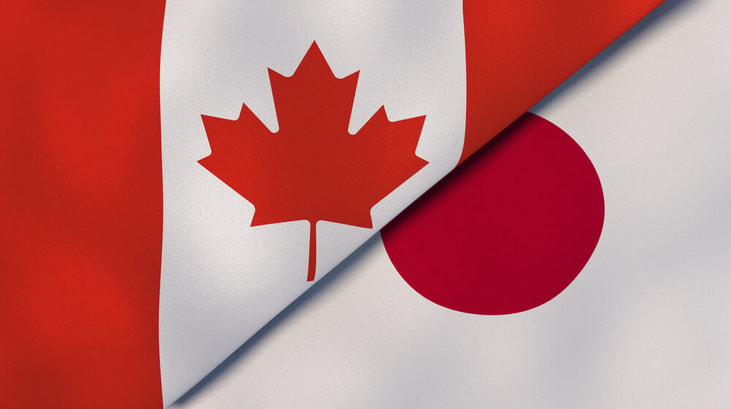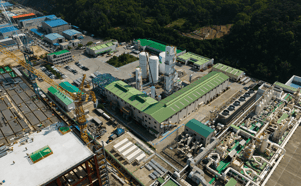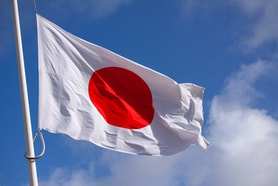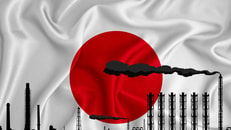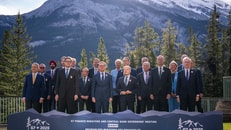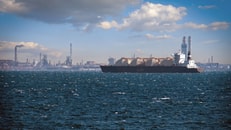Canada’s LNG expansion faces dwindling demand from Japan, IEEFA reports
Canadian liquefied natural gas (LNG) projects, particularly along the country’s western coast, are being positioned as a crucial part of Japan’s energy security and decarbonisation strategy.
However, a new report from the Institute for Energy Economics and Financial Analysis (IEEFA) raises doubts about this narrative, highlighting that Japan’s LNG demand has been steadily declining.
With LNG Canada set to begin operations next year, the race is on for new projects, such as Woodfibre LNG and Cedar LNG, to cash in on exports to Asia. Japan, one of the world’s largest LNG importers, has stated the importance of Canadian LNG to reduce its reliance on Russian energy.
In a 2023 visit to Ottawa, former Japanese Prime Minister Fumio Kishida stressed the “crucial role” of Canadian LNG for Japan’s energy transition.
... to continue reading you must be subscribed

